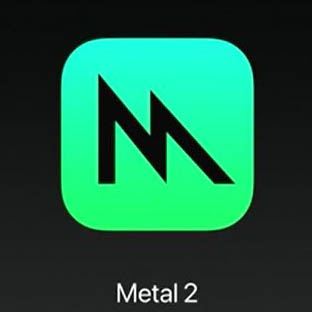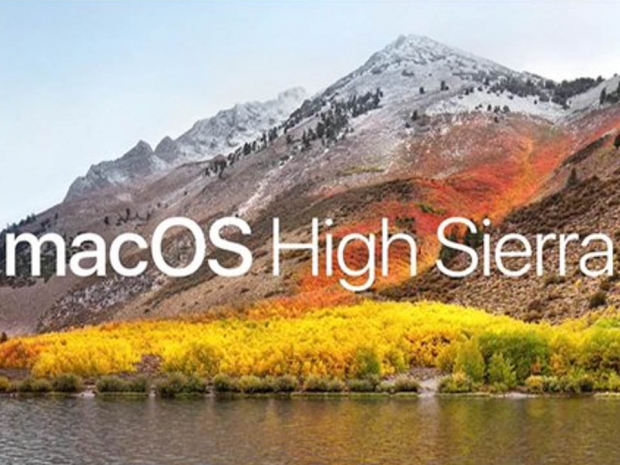“Don’t worry, this name is fully baked,” he reassured the audience, while promising that it will be a refined, polished update to last year’s 10.12 Sierra release. During the keynote, Federighi said that the team spent the last year looking for ways to polish the current release, rather than reinventing the wheel with an entirely new feature set. As a result, he claimed that High Sierra is all about improving hardware acceleration through a new Metal API, using machine learning techniques to improve the Photos app, and implementing a new file system that is at least three decades overdue.
Apple File System (APFS)
The biggest milestone for MacOS 10.13 High Sierra is the introduction of the Apple File System (APFS). Currently, all Mac machines since 1985 have been using Hierarchical File System (HFS), another propriatory Apple file system that has since been succeeded by HFS+ with support for much larger files. Many criticisms with the existing HFS+ file system, however, include the lack of snapshots, sparse file support, an inefficient implementation of hard links, and a time clock that expires on February 6, 2040.
The Apple File System, which was introduced for mobile devices on March 27th with iOS 10.3, is built on a 64-bit numbering system supporting over nine quintillion files on a single volume. Basic improvements include crash protection and instant file and directory cloning, support for snapshots of the file system, and native full disk encryption rather than logical volume encryption with FileVault 2. Of course, there are some notable drawbacks, mainly that APFS cannot be used with Time Machine, Fusion drives or FileVault encryption, and the file system does not yet support compression. Apple says APFS will be the default file system shipping with MacOS 10.13 High Sierra and onwards, so any system upgrades to the latest version will result in a file system conversion.
HEVC support, Metal 2 API

The latest MacOS release also makes HEVC H.265 the default video "container" for native apps that use hardware acceleration. Apple has also introduced Metal 2, the second iteration of its propriatory Metal 3D API. Federighi claims the update brings a tenfold performance boost in draw calls, and a faster frame rate debugger. This will help games run better on MacOS machines. The company also says that Metal 2 will work with external graphics enclosures, making it possible to power VR headsets on MacOS.
Public beta now available, shipping in Fall
Apple says that MacOS 10.13 High Sierra is now available for developers in public beta form, while the final release will be shipping later this year.




